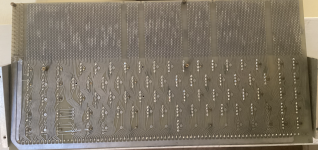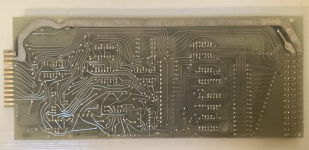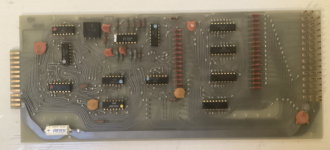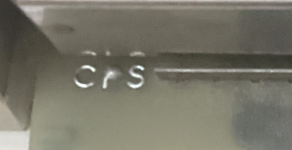DistantStar001
Experienced Member
- Joined
- May 8, 2019
- Messages
- 245
I was thinking about using this for an Apple 1 clone, but (first) I don't know if that's even possible. I mean, it probably is. The board looks pretty customizable, with the ability to add or remove switches as needed, but I would need to connect it to another encoder board. But before I do that I figure I should ask (second) Is this board too valuable/important to be used for such a project? As it is, there are far more keys and switches than would be used on an Apple 1. I can remove the extras and reconfigure it for my needs. But if this was part of something genuinely significant, I'd rather see it preserved and find something else to suit my needs.




Maybe someone recognizes it? Knows where and what it came from? Is it important, or is it fair salvage?




Maybe someone recognizes it? Knows where and what it came from? Is it important, or is it fair salvage?



